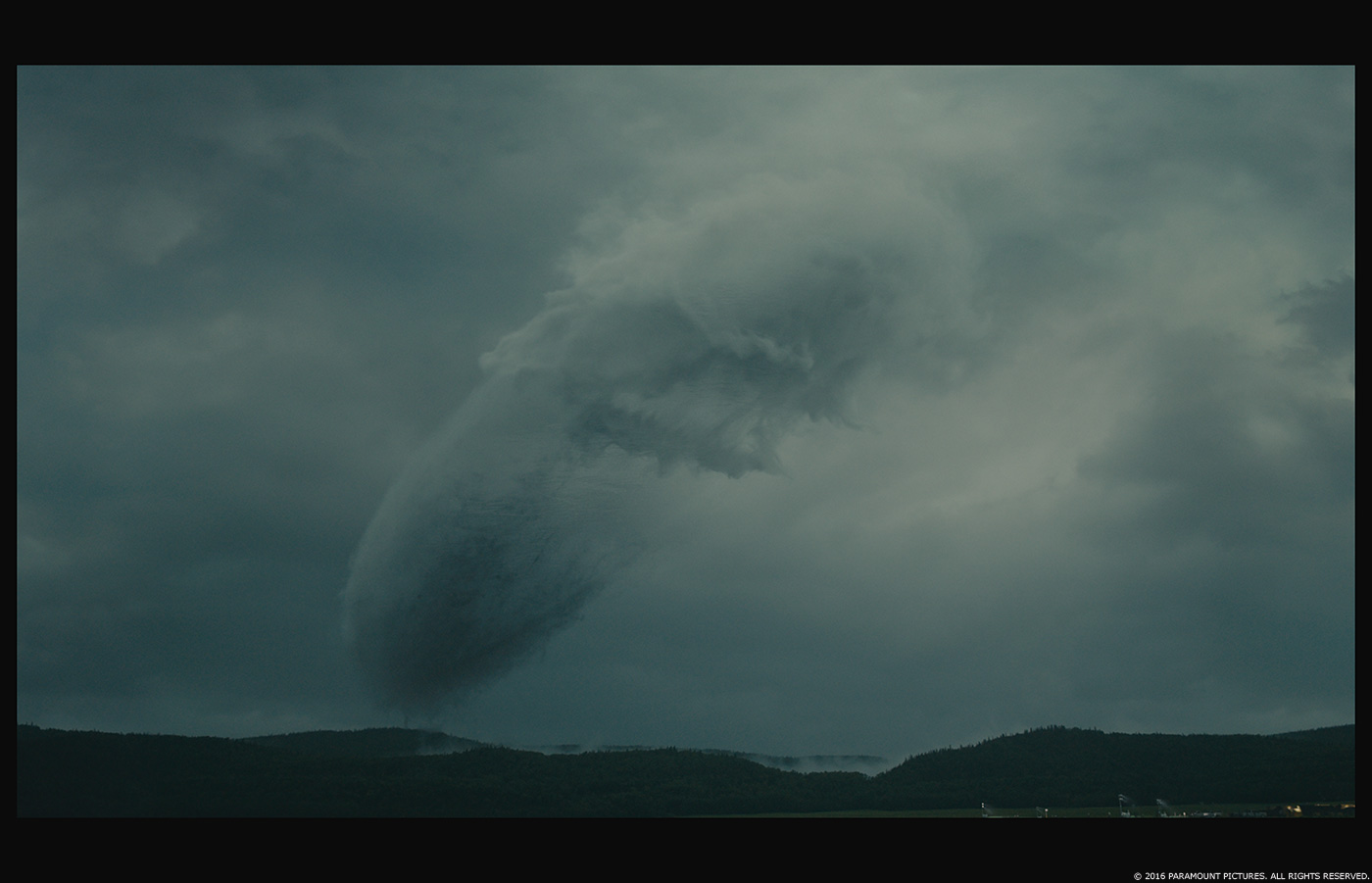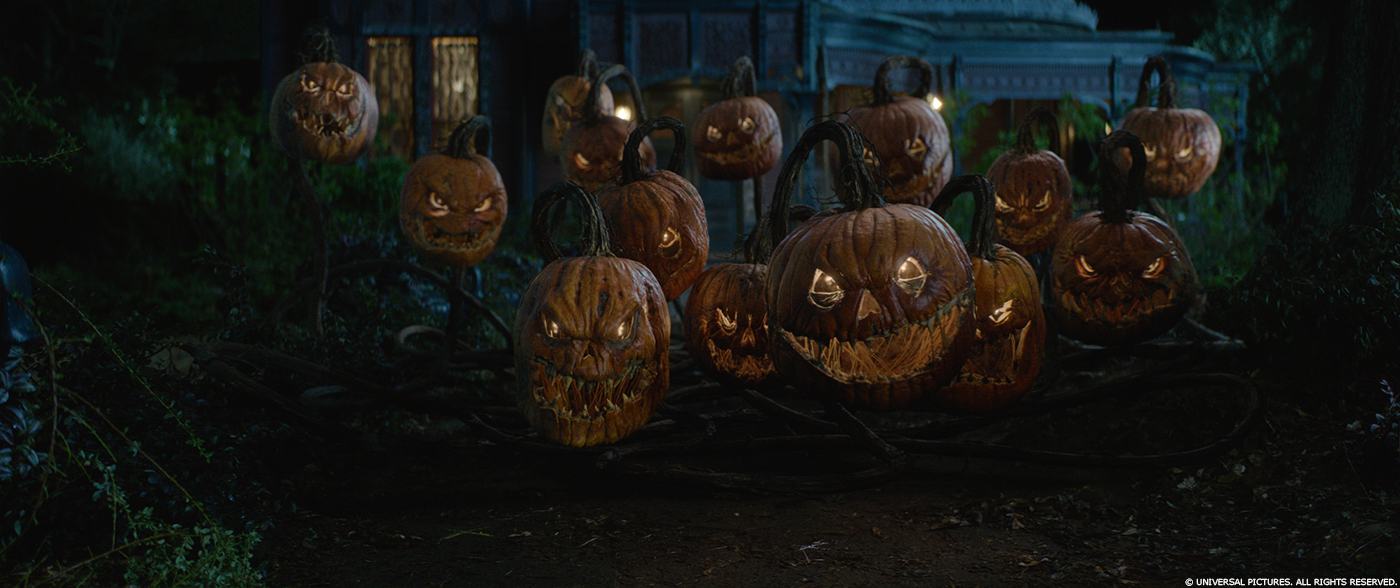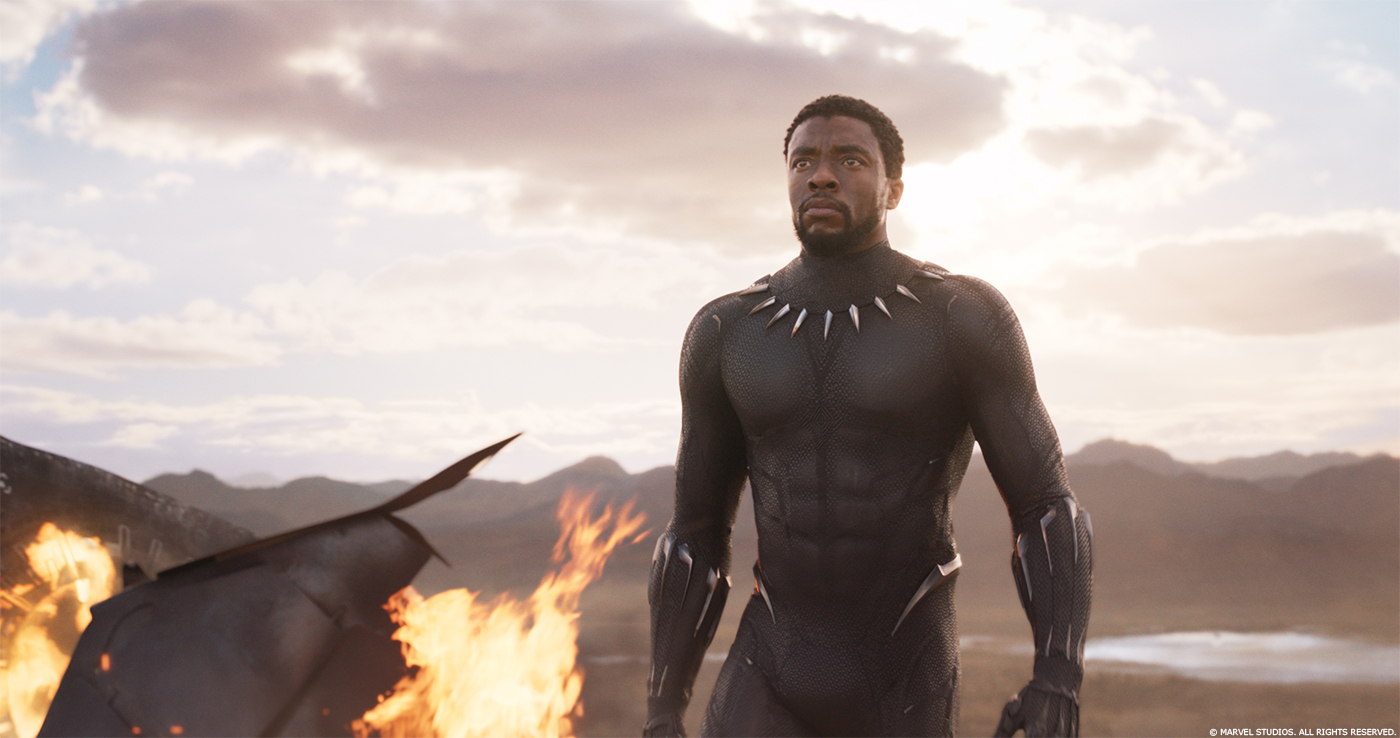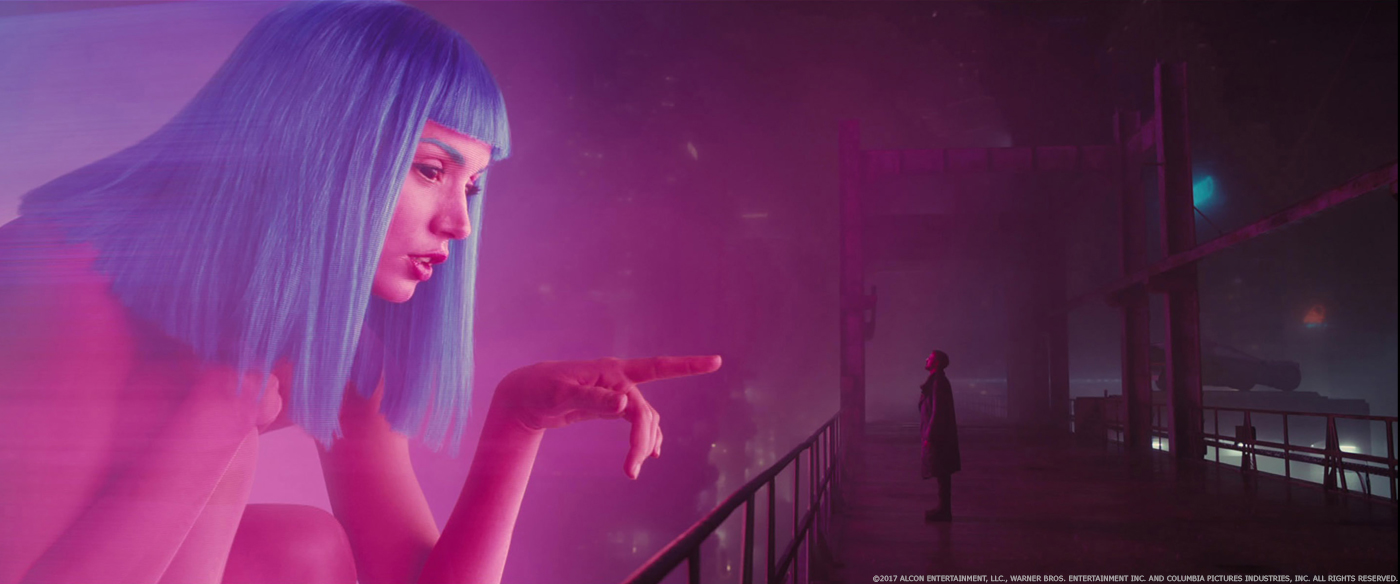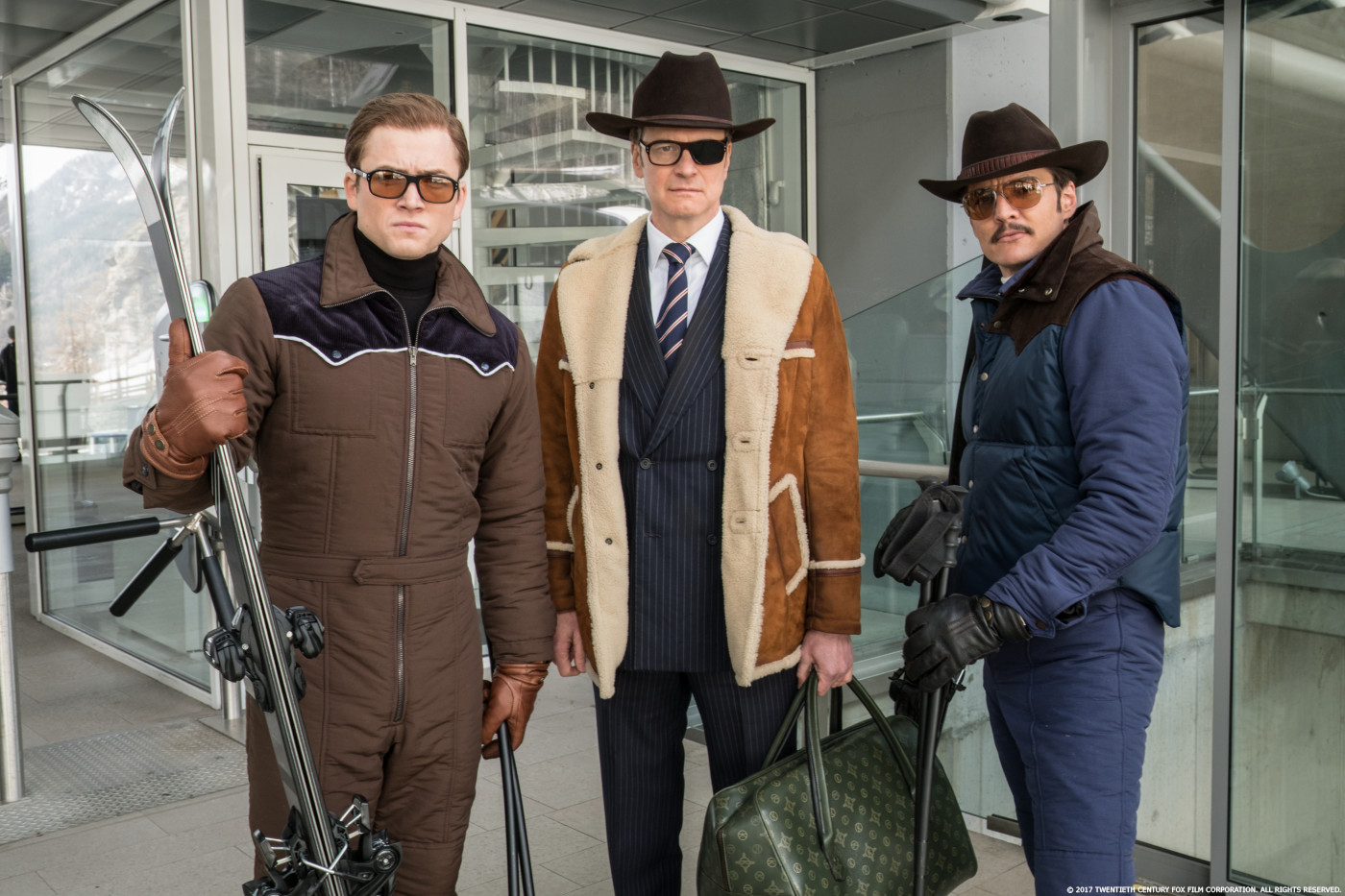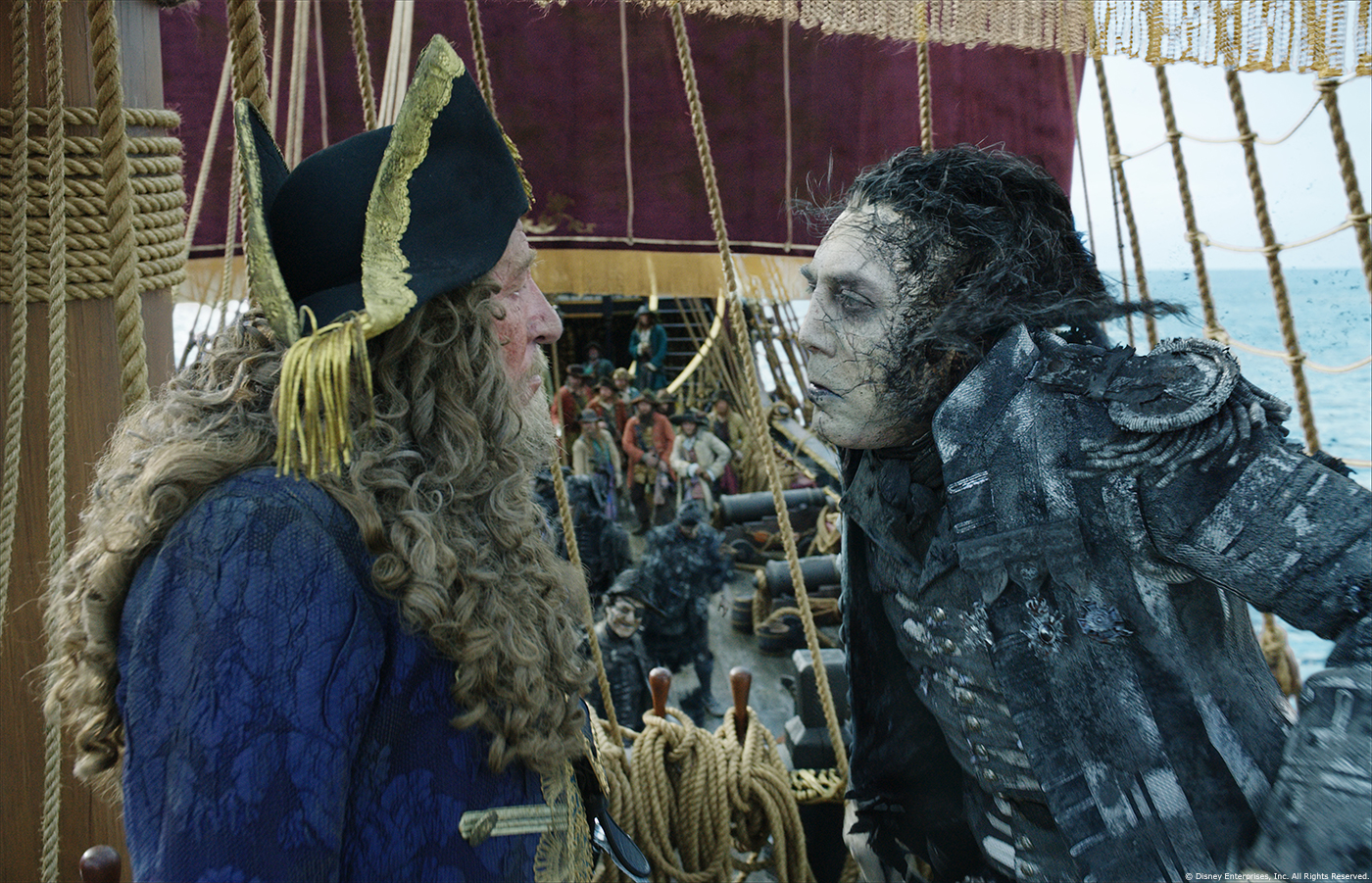In 2011, Louis Morin explained to us about his work on SOURCE CODE. He then handles the visual effects for DARK HORSE, ON THE ROAD, BEAUTY AND THE BEAST and SICARIO. ARRIVAL is his second collaboration with director Denis Villeneuve.
How was this new collaboration with director Denis Villeneuve?
Denis and I met a few years back for a US project that didn’t get green lighted. I met him again on a plane back from LA and I knew he was on STORY OF YOUR LIFE. But at the time he said he had SICARIO to shoot first and was desperately looking for a VFX supervisor. So two weeks after I was in New Mexico shooting SICARIO.
Denis is a very talented director and has always a clear vision he knows what he wants. He’s also open to creative suggestions as long as it stays in the realm of his vision! That’s what the look of ARRIVAL stems from.
What was his approach and expectations about the visual effects?
He wanted the VFX to be ordinary, not flashy nothing to do with an Hollywood VFX driven movie. He said “more like a grey day of February in Montreal”. Photorealism, grittiness with also the help of Bradford Yound (ASC) that’s what Denis got for his film.
How did you organize the work with your VFX Producer?
I had to change producer in post, Meggie Cabral was pregnant, Sandra Germain took over and did a fantastic job. We went up to 10 vendors and we had a never ending changing cut.
Can you describe one of your typical day during the pre-prod, on-set and then during the post?
My approach is to prep as much as possible, have all the answers in my pocket, set a play field where the director can create at ease and basically do want he wants. In post we reassess the work and built from there.
How did you work with the art department for the design of the spaceships and the aliens?
The spaceship was based on a meteorite a half ovoid 2500’ high. Very simple, very effective, in post we refined it to simplify the curvature and diminish the ovoid shape and adapt the texture and color to better react to the light.
The Aliens came from Denis working with Carlos Huante whom has worked with Ridley Scott on PROMETHEUS.
Did you received specific references and indications from Denis Villeneuve?
For the spaceship an old piece of rock that has travel the universe for the last millions of years, for the aliens pretty much inspired of the short story, no anthropomorphic features, 7 legs and totally weird looking. They had to emphasize the sensation of fear like in JAWS. Denis didn’t want to truly see them he wanted them hidden in mist. The alien had to look old made of old skin, something like an elephant and or whale looking skin. He wanted their environment to be messy and dirty.
Can you explain in details about the ship creation?
The ship in itself was fairly simple in design, the rock texture was based on samples done by the art dept. Denis wanted the ship to be black for lighting purposes and to better feel its shape we decided to go dark grey.
How did you manage the scale challenge with their black shell?
There always a referent in the shots to give scale, we had many set pieces to cover the live interaction.
The shadow underneath was also a huge task we had to roto everything and overexpose outside the spaceship created shadow always trying to keep this ominous presence.
Can you tell us more about their disappearance at the end?
The disappearance that was created in the avid and was a simple disappearance in one frame.
I was asked to come up with an idea. It started off with the look of a mirage and also wanted to play with the retinal persistence idea. When Framestore came in they’ve shown some references of airplane condensation forming around the airplane wings. That finally became the master idea for the ship departure all this done in a very original poetic fashion.
Can you explain in details about the creation of the aliens?
Denis worked with Carlos Huante for months and came up with this strangest being. We altered the concept based on Denis and producers notes to simplify and emphasize the noblest nature of those beasts.
Can you tell us more about the animation challenge?
We had to invent everything about those aliens, their personality, behaviour, their walk, body language and also the way they would write spitting out ink through their palms. So lots of R& D, trial and error, we worked closely with Hybride. Once we nailed down a few shots, we use this as our bible to inspire us for the rest of their screen presence.
How was simulated the aliens presence and interactions on-set?
We did previz and we had puppeteers on set with long poles and a sphere at the end of it. They add precise directives of speed, movement and heights to match the aliens. Denis was directing the aliens through a microphone and the spheres were mainly there for the eye-line and interactions.
How did you approach and created the aliens language?
Pat Vermette’s wife came up with the idea of shapes looking a bit like “coffee stains”. Then came the execution of the different shapes nearly 200. All this had to be printed on paper for the shoot, scientists interactions in the tents. The CG version was a long study of fluid simulations inspired by some cloud tank work I did on MR. NOBODY. Took us a long time to nail down, forcing sims to look organic , alive and stay away from retargeting.
How did you created the zero G effects?
The zero G are the jumps of the hazmat suit guys at their first visit in the spaceship.
We shot several plates on a vertical set where a scissor lift arrive at a sweet spot. Camera leaves the A vertical set to a B horizontal set. B plate was shot in parallel using a Technodolly. We then did a tech viz to reverse engineered the cam movement and use this concocted move with the Technodolly. Ultimately the actors only had to act as if they were flying by only lifting themselves at the tip of their toes. Then inpost came the challenge make photoreal hazmat suits were done completely in CG. Rodeo FX successfully handled that challenge.
Which sequence was the most complicated to created and why?
The aliens, the palms opening, the look behavior the mist all had to be created from scratch, Denis didn’t wanted to see them we started with dark ink spots on the storyboard. So tremendous amount of work to make our aliens feel organic and believable. Added to that we had the low gravity FX in the core room where Louise meets the real alien in his full size. We had to recreate CG hair to react as if she was in some kind of liquid. I initially wanted to have Louise underwater but Denis opted for a misty version. He kept the CG floating hair in the film. Special code had to be written to have a photorealistic hair for Louise those were the last shot to come out of the oven!
How did you choose your various vendors?
I always choose talent first and based on past experiences I like to develop creative relationships with awarding to them specified tasks and allowing me to be in direct contact with the artists when needs be.
10 companies worked on the film.
How did you split the work amongst them?
Hybride: aliens mist & logograms, CG hair.
Oblique FX: spaceship, shadows helicopters, tanks army trucks, digital crowd, digital army, full war conflict scenes.
Rodeo FX: Gravity FX, explosion, CG characters, Louise helicopter house scene, daughter scene having cancer FX.
Framestore: Spaceship disappearance.
Raynault VFX: Matte paintings, TV monitor, various integrations.
Alchemy 24, Folks, Mels and Fly had various graphic and compositing shots.
Can you tell us more about your collaboration with their respective VFX Supervisors and teams?
Pretty much worked with every body, as always worked very closely with supervisors, meeting with artists and as always review and notes all the steps till completion.
What was the main challenge on the show and how did you achieve it?
As always to create VFX seamlessly so it becomes ”invisible” so the audience forget we are at work here and there, even when you have aliens and their writing! So to me this is the ultimate challenge, the audience to focuses on the story not on our VFX.
Was there a shot or a sequence that prevented you from sleep?
Like most computers I render at night so not much sleep on this project!
What do you keep from this experience?
Tough ride on all aspects, as Jeremy Renner once said “if it seems like an easy job”, most likely it’ll be bad. In our field, only hard work brings greatest results.
How long have you worked on this film?
16 months.
How many shots have you done?
Near 700 shots.
What was the size of your team?
On the production side 20 prep shoot post included (including pre viz, post viz, temp CG comp).
On the VFX vendors side 10 companies and a total 350 VFX credits!
What is your next project?
Currently in post for WONDERSTUCK a Todd Haynes movie based on Brian Seltzner’s graphic novel.
A big thanks for your time.
// WANT TO KNOW MORE?
– Alchemy 24: Dedicated page about ARRIVAL on Alchemy 24 website.
– Framestore: Dedicated page about ARRIVAL on Framestore website.
– Folks VFX: Dedicated page about ARRIVAL on Folks VFX website.
– MELS: Dedicated page about ARRIVAL on MELS website.
– Rodeo FX: Dedicated page about ARRIVAL on Rodeo FX website.
© Vincent Frei – The Art of VFX – 2016





